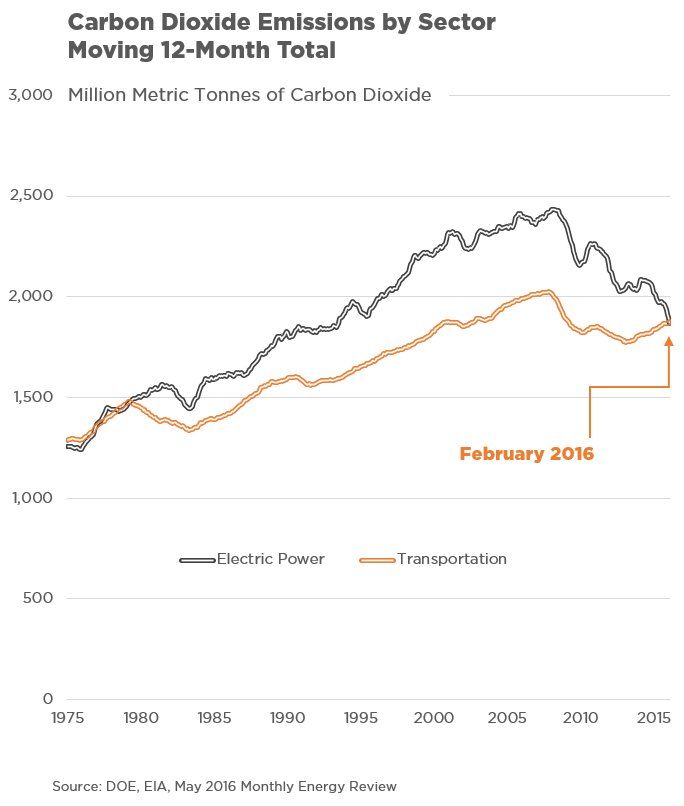There’s something to be said for getting it right.

The U.S. Environmental Protection Agency and U.S. Department of Transportation’s National Highway Traffic Safety Administration strengthened fuel economy for big trucks, buses and other heavy vehicles this week, with a standard that will reduce carbon pollution and fuel consumption by up to 25 percent.
But some casual observers were surprised that the trucking industry would also welcome new standards that critics claimed would raise upfront costs. They shouldn’t be, given that diesel and gasoline costs often the factor that determine a trucking company’s profitability—and that’s exactly where the new standard will save the industry billions.
As The Wall Street Journal noted, “Many executives in the trucking industry backed the standards, saying they ultimately help cut down fuel costs across large commercial fleets of trucks.” A New York Times editorial said the trucking industry’s support is “worth celebrating” and would send a valuable signal to Congress.
Agencies expect the rules to cut 1.1 billion metric tons of carbon pollution, save about $170 billion in fuel costs, and cut oil consumption by roughly 84 billion gallons total over the lifetime of trucks built between 2021 and 2027. The Department of Transportation estimates that benefits outweigh costs 8 to 1—including better public health.

Best of all, consumers will save money: Consumer Federation of America calculates that the average U.S. household spends about $1,100 a year on indirect freight truck fuel costs that are passed on to consumers. That’s as much as the average family spends on electricity each year.
Along with increased fuel economy standards for passenger vehicles, the heavy-duty vehicle rule is a critical step to curbing carbon emissions from the transportation sector—the number one source of global warming pollution in the U.S. It recently surpassed the electricity sector, which has slashed emissions as wind and solar have taken over coal’s market share.
Improving fuel economy on the nation’s roadways goes a long way toward meeting America’s commitment under the Paris Agreement to reduce overall emissions and stave off the worst effects of climate change. And that’s why this little rule is a big deal.
Patricia Monahan, Program Director, Transportation